The Ministry of Transport (MOT) has just issued Circular No. 36/2023/TT-BGTVT amending 01:2023 QCVN 109:2021/BGTVT National technical regulation on level 5 emissions for newly manufactured, assembled and imported automobiles.
Accordingly, issued together with the revised Circular 01:2023 QCVN 109:2021/BGTVT is the National Technical Regulation on Level 5 emissions for newly manufactured, assembled and imported automobiles. Number: Revised 01:2023 QCVN 109:2021/BGTVT. The Circular takes effect from June 15, 2024.
The Circular takes effect from June 15, 2024.
Clearly grouped cars for emissions testing
The new regulations of the Ministry of Transport have clearly classified special-purpose vehicles, special-purpose passenger vehicles and special-purpose cargo vehicles when testing emissions; explained some additional terms for hybrid vehicles (combining the use of two transmissions, one gasoline engine and one electric motor); and updated emission standards for vehicles designed to meet special needs of society.
At the same time, the new regulation also requires that the diagnostic system (OBD) must have a functional error reporting device (MI); be able to save and delete error codes, and be able to delete error codes according to the manufacturer's design.
The new revised standard stipulates: Testing some types of automobiles (passenger cars, trucks, special-purpose vehicles, special-purpose passenger vehicles and special-purpose cargo vehicles) using diesel fuel; testing methods for chassis cars with cockpits.
The new regulation also updates the declaration of types and component codes by using special replacement characters to ensure that when improving or upgrading components for some details, it does not affect emissions; updates the method of determining vehicle motion resistance according to regulations of the European Commission (EC)/United Nations Economic Commission for Europe (ECE) with a higher standard level than TCVN 6785:2015.
In addition, add a vehicle cooling arrangement in the test room for rear-engined vehicles and vehicles with special structures where the normal arrangement does not ensure the required vehicle cooling.
Specifically, the new Regulation stipulates that for vehicles with front engines, the cooling fan must be placed at the front of the vehicle, no more than 300 mm from the front of the vehicle. In case of vehicles with rear engines or not ensuring effective cooling, the cooling fan must be arranged to ensure sufficient air supply to cool the vehicle.
At the same time, the new Regulation clarifies the regulations on domestication of vehicles using forced-ignition engines; amends some contents related to OBD inspection and testing in a lighter direction, suitable for Vietnam's conditions; updates the content of handling test results for imported cars based on reference to regulations of countries with similar motor vehicle management methods to Vietnam; clarifies some contents related to expanding the recognition of emission test results, accordingly, vehicle types produced from base vehicles of vehicle types that have been tested for emissions do not have to be re-tested for emissions.
The new standard has overcome the shortcomings of QCVN 109:2021/BGTVT, issued with Circular No. 06/2021/TT-BGTVT previously.
In particular, there are many different opinions on the application of QCVN 109:2021/BGTVT to special-purpose vehicles, although the European Standard (ECE) still considers this type of vehicle as a truck (type N vehicle) or the emission standards for vehicles designed to meet special social needs have not been updated compared to the amendments and supplements of ECE R83, leading to inconsistent application to vehicles imported from countries in the region.
There are also problems with some types of cars, hybrid cars using diesel fuel types M1, M2, N1, N2 with modern structure and technology such as passenger cars, VAN trucks, Pickup trucks, specialized cars with standard weight greater than 2,610 kg.
According to QCVN 109:2021/BGTVT, for cars with a standard mass greater than 2,610 kg, using diesel fuel, the test sample is the engine.
Thus, for imported vehicles, the engine must be removed from the imported vehicle for emission testing, making it difficult to ensure that the engine operates normally as when installed on the vehicle or to reassemble the engine after testing to ensure technical safety and environmental protection as new.
Some cars do not have to be retested for emissions.
Cases that do not require re-testing of emissions include vehicle models or automobile engines that have been granted an Emission Test Report in accordance with QCVN 109:2021/BGTVT National technical regulation on level 5 emissions for newly manufactured, assembled and imported automobiles;
Automobiles manufactured in Vietnam from basic automobiles (from chassis or from complete automobiles) have been granted factory quality inspection certificates (domestic manufactured and assembled vehicles) or have been certified for technical safety and environmental protection quality of imported motor vehicles (imported vehicles).
Level 5 emission test report for newly manufactured, assembled and imported automobiles
Regarding the processing of test results, for samples taken during the process of monitoring vehicle emissions during mass production and assembly, the processing of results is carried out according to the provisions of Article 7, Part III of National Technical Regulation QCVN 109:2021/BGTVT issued with Circular 06/2021/TT-BGTVT.
For imported vehicle samples or imported vehicle engines: when testing for the next time, the vehicle or engine needs to be run in to bring it back to good technical condition before testing.
Preparation of test report: The testing facility must prepare an emission test report that includes at least the provisions in Appendix B, Appendix D and Appendix E of National Technical Regulation QCVN 109:2021/BGTVT issued with Circular 06/2021/TT-BGTVT corresponding to each type of test and applicable standards.
Wisdom
Source






![[Photo] Cutting hills to make way for people to travel on route 14E that suffered landslides](https://vphoto.vietnam.vn/thumb/1200x675/vietnam/resource/IMAGE/2025/11/08/1762599969318_ndo_br_thiet-ke-chua-co-ten-2025-11-08t154639923-png.webp)

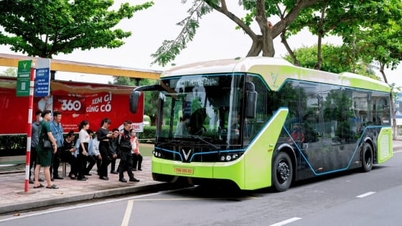

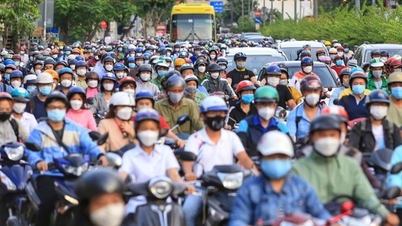










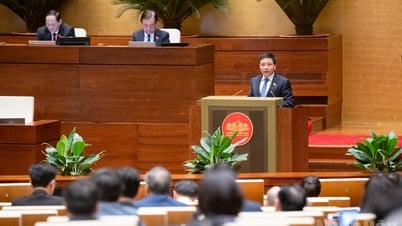
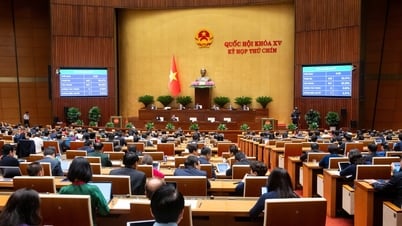








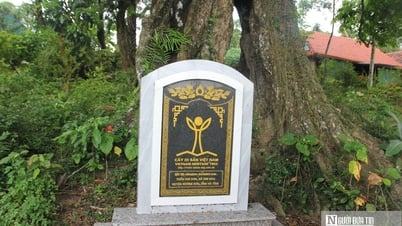









![[Video] Hue Monuments reopen to welcome visitors](https://vphoto.vietnam.vn/thumb/402x226/vietnam/resource/IMAGE/2025/11/05/1762301089171_dung01-05-43-09still013-jpg.webp)

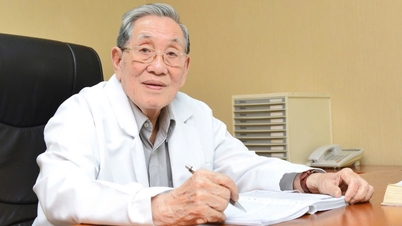












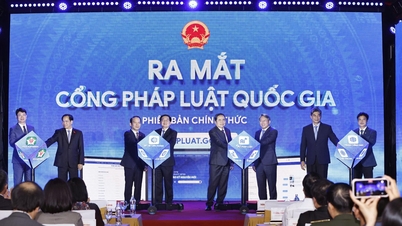













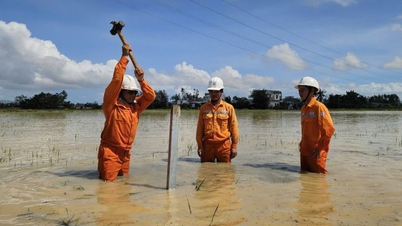








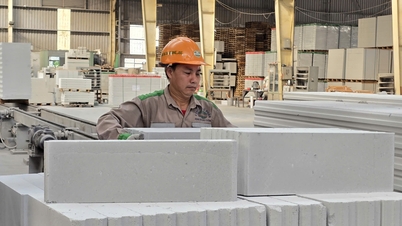







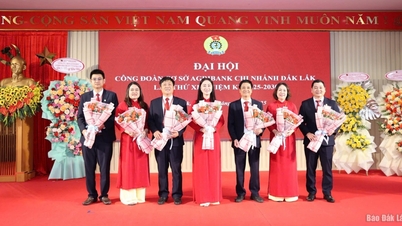





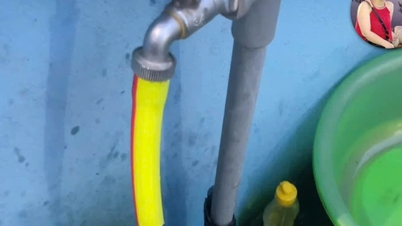














Comment (0)